Nestled in the heart of Boston, the Old State House stands as a living testament to America’s revolutionary spirit and political evolution. A beacon of history, this iconic structure has witnessed pivotal events that shaped the nation.
From being the colonial seat of British authority to hosting the reading of the Declaration of Independence, the Old State House holds a unique significance in the annals of American history.
Its architecture, statues, and cobblestone surroundings tell a tale of political upheaval, resilience, and the pursuit of liberty.
Understanding why the Old State House in Boston is important is crucial and requires unraveling the layers of its past, each revealing a piece of the intricate puzzle that defines the foundation of the United States.
Why Is The Old State House In Boston Important?
The Old State House in Boston stands as a revered monument to America’s revolutionary history. Its significance resonates through time, offering a tangible connection to pivotal moments that shaped the nation.
Here are seven compelling reasons why the Old State House remains a cornerstone of historical importance:
1. Birthplace of Independence
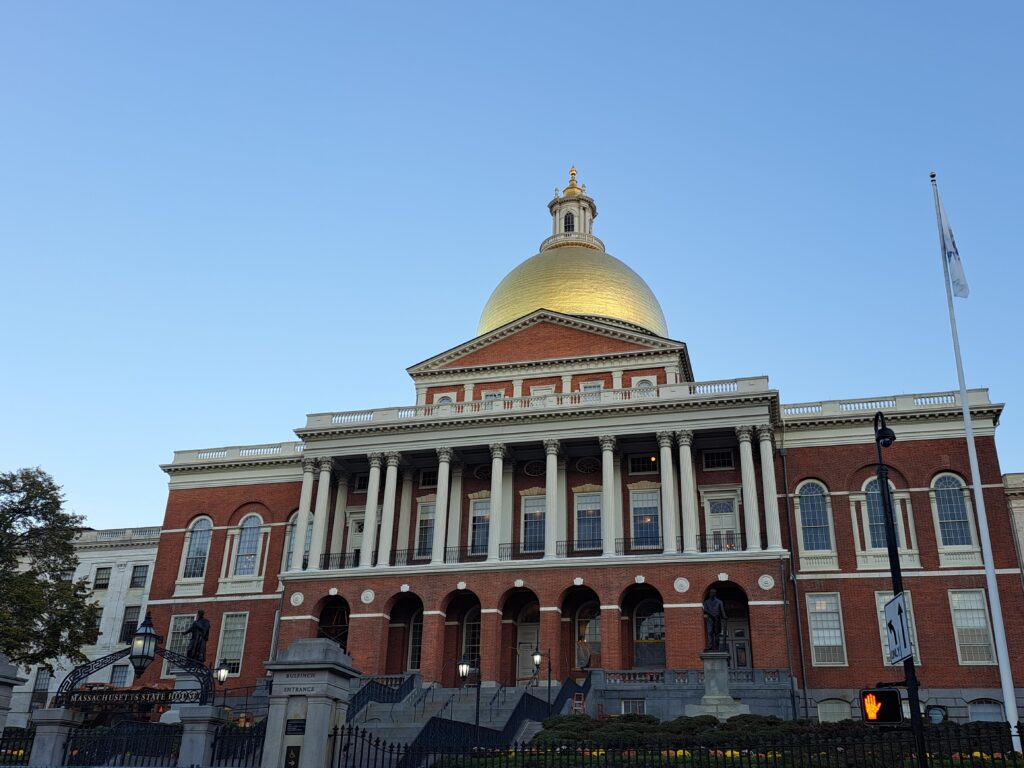
The Old State House is where the Declaration of Independence was first read to Bostonians in 1776, marking a defining moment in American history and laying the groundwork for the birth of the nation.
2. Boston Massacre Site
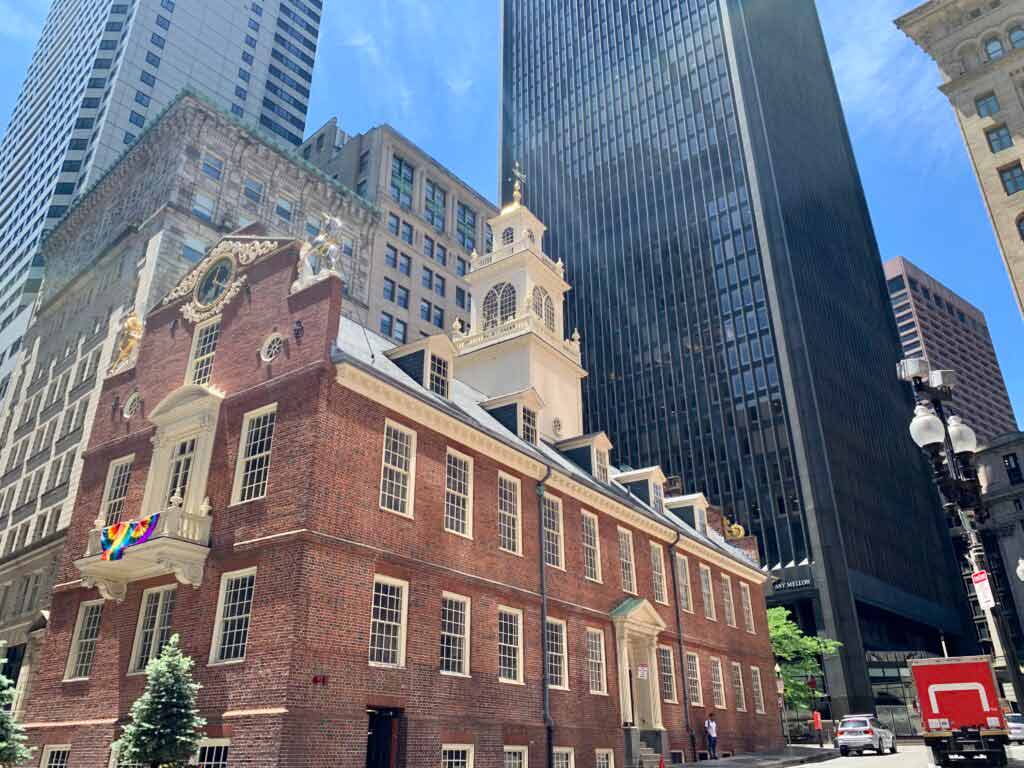
The building witnessed the Boston Massacre of 1770, a catalyst for revolutionary fervor. The site bears witness to the tension between colonists and British soldiers, immortalizing a crucial episode in pre-revolutionary struggles.
3. Symbol of Colonial Governance
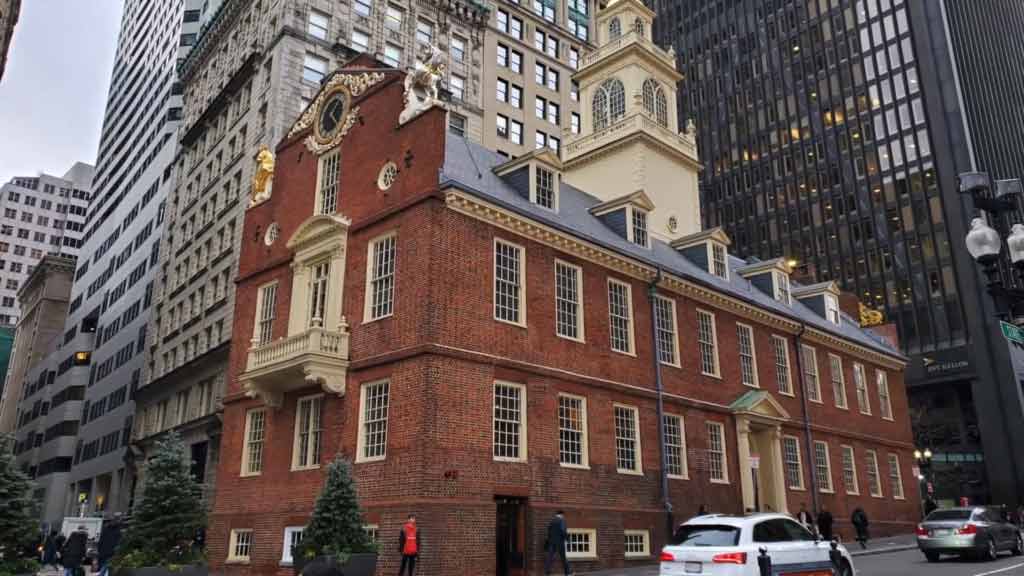
Constructed in 1713, the Old State House served as the seat of the British colonial government, embodying the authority and influence of the Crown over the American colonies.
4. Massachusetts State House
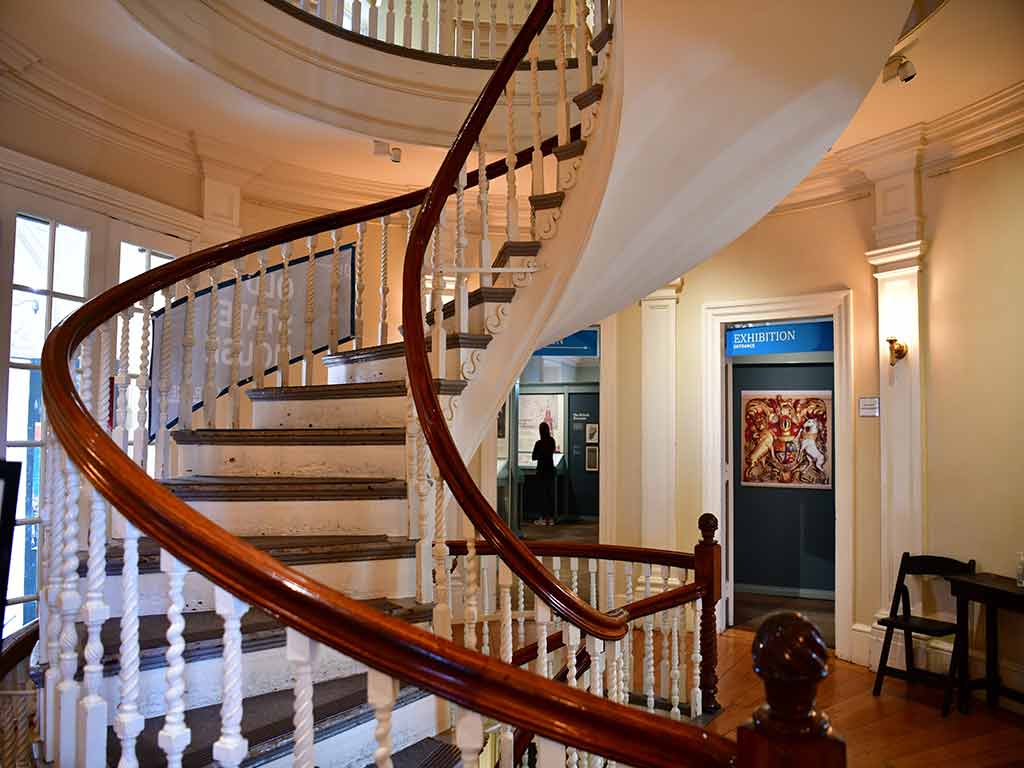
After independence, the building became the first seat of the Massachusetts state government. It echoes with the debates and decisions that shaped the fledgling state during its formative years.
5. Iconic Architecture
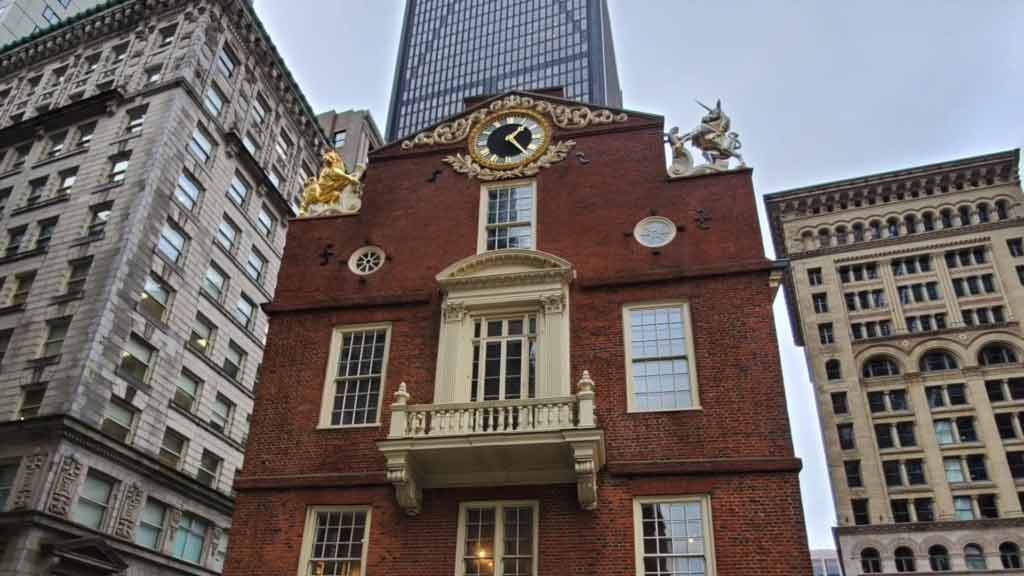
A masterpiece of Georgian architecture, the Old State House is an architectural gem. Its distinctive red brick facade and graceful cupola contribute to the charm of Boston’s historic skyline.
6. Museum of Boston History
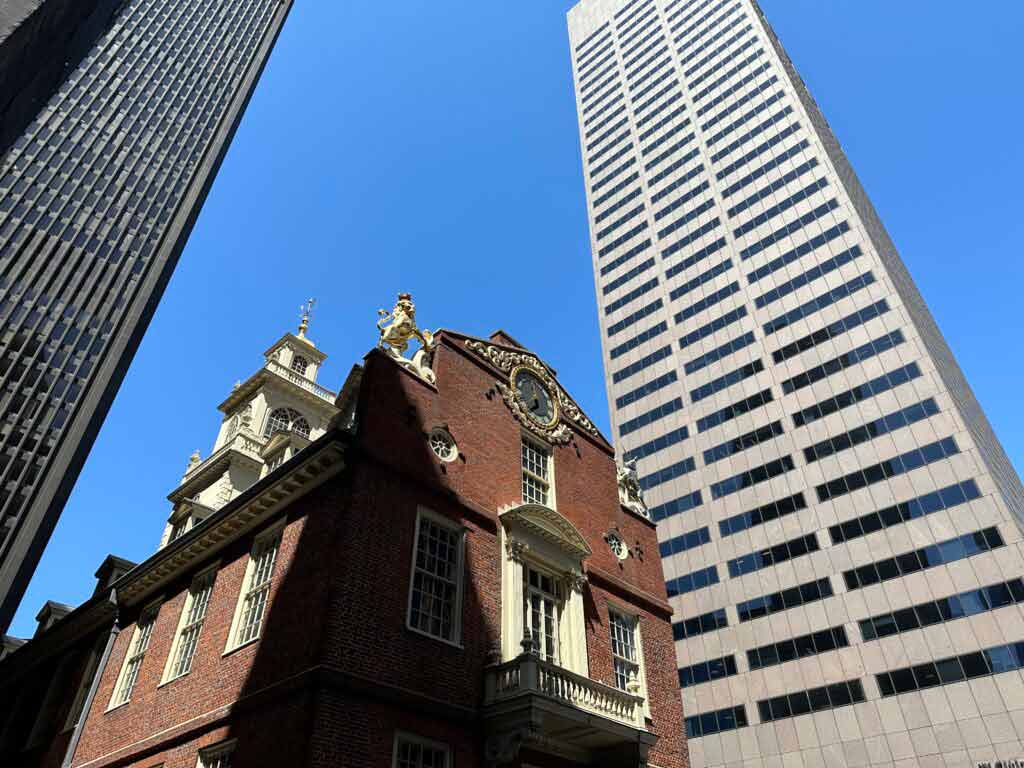
Today, the Old State House houses a museum, offering visitors a deep dive into the city’s history. Exhibits showcase artifacts, documents, and multimedia presentations, providing a comprehensive understanding of Boston’s role in shaping the nation.
7. National Historic Landmark
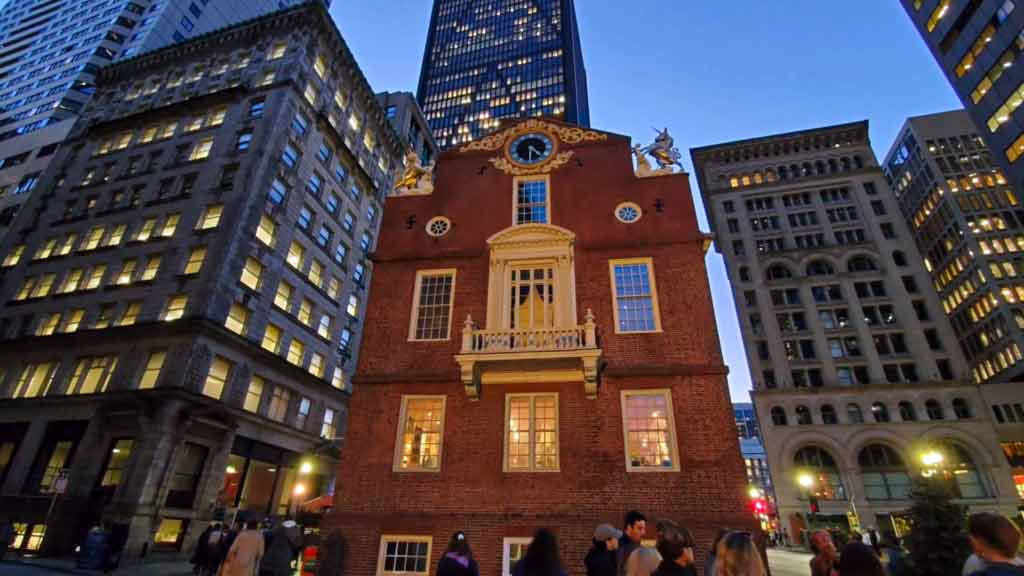
Designated a National Historic Landmark, the Old State House is a living testament to the enduring legacy of Boston’s role in the American Revolution. Its preservation ensures that future generations can reflect on the sacrifices and ideals that define the United States.
Significance Of Old State House In Boston From A Political Perspective
As a symbol of political evolution, the Old State House in Boston stands resolute, echoing the voices of revolutionaries and witnessing critical events that shaped the political landscape of America.
Here, we delve into seven aspects highlighting the Old State House’s profound political significance:
Colonial Governance Hub
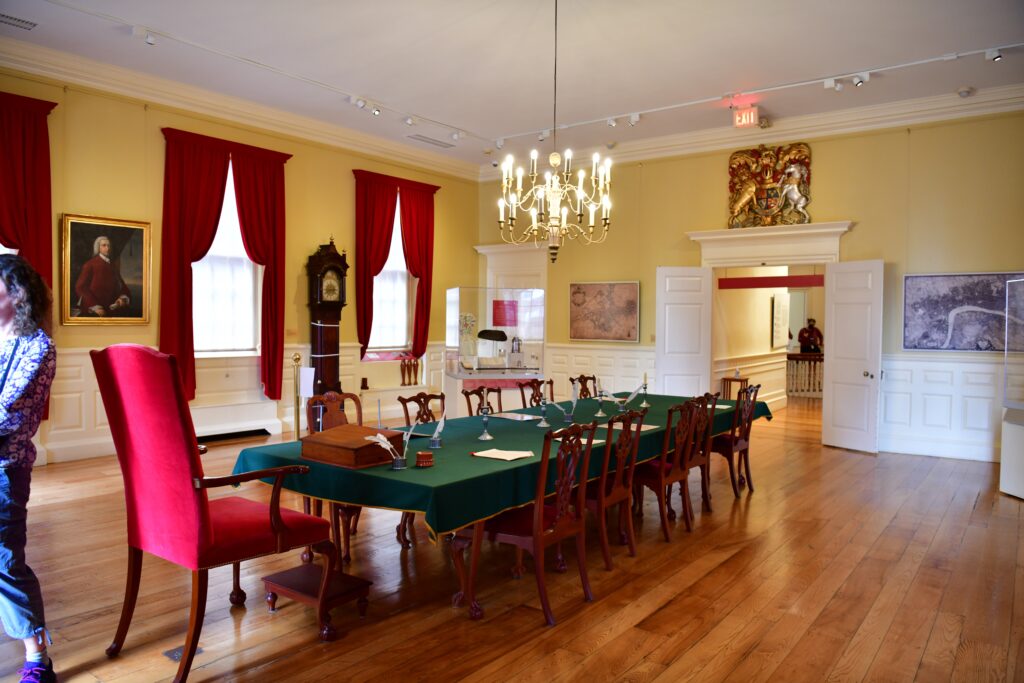
Constructed in 1713, the Old State House served as the seat of the British colonial government in Massachusetts. It became a hub for political discourse, policy formulation, and the execution of British authority in the American colonies.
Boston Massacre Catalyst

The Old State House’s significance peaked during the Boston Massacre in 1770, an event that heightened colonial resentment.
The Square in front of the building was the stage for a clash between British soldiers and colonists, serving as a political flashpoint that fueled revolutionary fervor.
Declaration of Independence Site
On July 18, 1776, the Declaration of Independence was first proclaimed from the balcony of the Old State House. This momentous occasion marked the official severance of ties with Britain, a critical step in the birth of a new, independent nation.
Post-Revolutionary State House
After independence, the Old State House continued its political role, becoming the first seat of the Massachusetts state government. It hosted legislative sessions and discussions pivotal to shaping the state’s political framework.
Federalist Influence
During the early years of the republic, the Old State House was a bastion of Federalist ideals. The Massachusetts Ratifying Convention in 1788, held here, played a crucial role in the state’s adoption of the U.S. Constitution.
Anti-Slavery Platform
In the mid-18th century, the Old State House became a platform for anti-slavery sentiment. Petitions and discussions within its walls contributed to the growing movement against the institution of slavery in Massachusetts.
Preservation as a Symbol
The preservation of the Old State House became a symbol of Boston’s commitment to honoring its political legacy.
Its status as a National Historic Landmark and museum ensures that its political significance endures, serving as a place for reflection on the democratic ideals that have shaped the United States.
Facts About Old State House People Don’t Know About
While the Old State House in Boston is widely recognized for its pivotal role in American history, there are intriguing facets often overlooked. Uncover the lesser-known facts that add depth to this iconic structure, providing a nuanced perspective on its rich heritage.
Secret Tunnels and Passageways
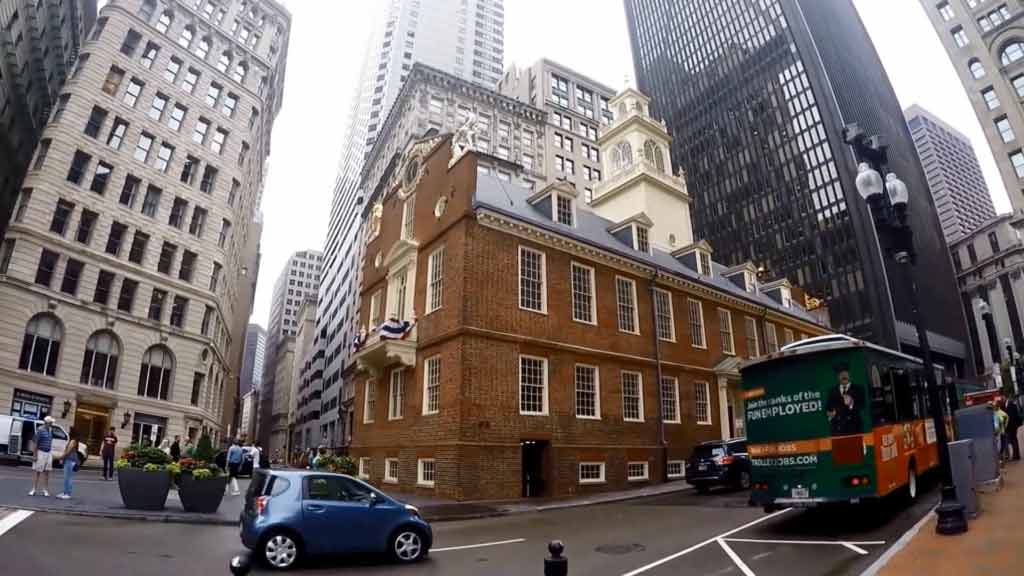
Beneath the Old State House lies a network of hidden tunnels and passageways. Historians speculate these were used for various purposes, including smuggling and discreet movement during times of political tension, adding an air of mystery to the building’s history.
Origins of the Lion and Unicorn
The iconic lion and unicorn statues atop the Old State House are often linked to British monarchy symbolism. However, these replicas, added during the 1882 restoration, were mistakenly placed in reverse order.
The lion, symbolizing England, should traditionally be on the right, but at the Old State House, it stands on the left.
Weather Vane Quirk
Perched on the Old State House cupola is an intriguing weather vane featuring a Native American figure. This unexpected choice for a colonial-era structure hints at the complex historical narratives surrounding the relationships between settlers and indigenous populations.
Hidden Tea Party Connection
While the more famous Boston Tea Party occurred at Griffin’s Wharf, a lesser-known tea protest took place at the Old State House in 1773. Colonists gathered to voice their dissent against the Tea Act, underscoring the building’s broader role in revolutionary unrest.
Continued Political Function
Beyond its colonial and revolutionary associations, the Old State House continued its political role even after independence. It served as the Massachusetts State House until 1798, showcasing its enduring significance in shaping the state’s political landscape.
Second Oldest State House
While often overshadowed by its more famous counterpart in Philadelphia, the Old State House is the second oldest state capitol in the United States. Its age underscores its enduring importance and status as a living artifact of early American political history.
Proximity to the Boston Massacre
The Old State House witnessed the Boston Massacre unfold on its doorstep. The historical marker on the cobblestone pavement outside commemorates the tragic event, allowing visitors to stand at the very spot where the clash between British soldiers and colonists occurred in 1770.
FAQs
What role did the Old State House play in colonial governance?
Constructed in 1713, the Old State House served as the hub of British colonial governance, representing the Crown’s authority in Massachusetts and fostering early political discourse that would shape the region.
How does the Old State House relate to the Boston Massacre?
The Old State House’s balcony was the backdrop for the Boston Massacre in 1770, a tragic event that unfolded right outside its doors. This incident further fueled anti-British sentiments, becoming a catalyst for revolutionary fervor.
Why is the location of the Declaration of Independence reading significant?
On July 18, 1776, the Declaration of Independence was read for the first time from the Old State House balcony, marking the official severance of ties with Britain and solidifying its role as a symbol of American independence.
How has the Old State House contributed to political discourse post-independence?
After independence, the Old State House continued its political role, hosting the Massachusetts State House until 1798. It became a forum for debates and decisions crucial to shaping the state’s political landscape.
Why is the Old State House considered an architectural gem?
The Old State House, a masterpiece of Georgian architecture, showcases the elegance of early colonial design. Its iconic lion and unicorn statues and distinctive red brick facade contribute to its status as a historic and architectural gem in Boston.
Conclusion
In the heart of Boston, the Old State House encapsulates the very essence of American history. Its importance reverberates through time, symbolizing the struggles and triumphs that forged a nation.
As the birthplace of pivotal events like the Boston Massacre and the reading of the Declaration of Independence, the Old State House serves as a touchstone to revolutionary ideals.
Preserved as a National Historic Landmark, it stands not merely as an architectural marvel but as a testament to the enduring spirit of democracy.
A visit to this hallowed ground is a journey into the heart of American political heritage, where every brick and cobblestone bears witness to the resilience and aspirations that define the United States.
Jaclyn Lowe